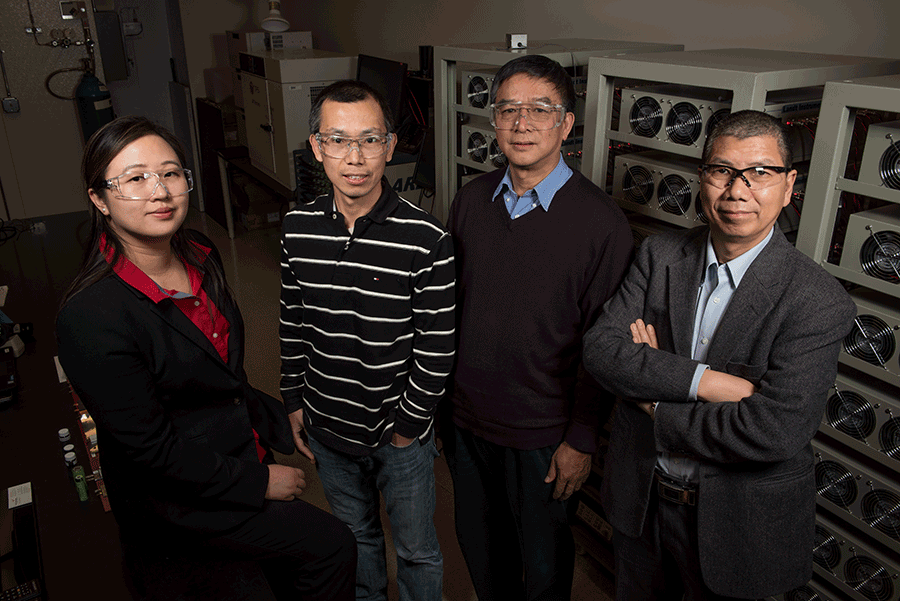
Mar . 11, 2024 10:47 Back to list
Scientific foundations and technology development
Our science focuses on how atoms, molecules, and materials function across spatial and temporal scales to improve electrode and electrolyte design for batteries. Beyond batteries, we also study ways to better store energy in chemical bonds.
PNNL’s energy storage experts are leading the nation’s battery research and development agenda. They include highly cited researchers whose research ranks in the top one percent of those most cited in the field. Our team works on game-changing approaches to a host of technologies that are part of the U.S. Department of Energy’s Energy Storage Grand Challenge, ranging from electrochemical storage technologies like batteries to mechanical storage systems such as pumped hydropower, as well as chemical storage systems such as hydrogen. Additionally, PNNL’s research enables buildings and other grid assets to provide storage-like services.
Our understanding of the power grid guides research into flexible generation that provides operators more options to balance the grid. Our experts in advanced building controls are helping buildings become part of the energy storage solution, enabling homes and buildings to flex and adjust their loads automatically.
Implementation and deployment
PNNL research provides a clear understanding of the technology needs for integrating energy storage into the grid. We work with utilities and industry to assess the optimal role for energy storage installations under local operational and market conditions. Our research teams support field deployments where we work with stakeholders to characterize the value, understand usage and controls, and generally improve the benefits that energy storage systems provide to the grid. These data, provided to all stakeholders, assure that research development and deployment is working toward a cleaner power future for America.
Understanding the benefits of the wide variety of storage technologies and developing the critical advancements required to bring down the cost of energy storage will help integrate renewable power sources such as wind, solar, and marine energy…and energize a modern, flexible, and resilient power grid.
-
AI-Powered EMS with GPT-4-Turbo | Efficiency Boost
NewsAug.01,2025
-
Optimized Storage System for GPT-4-Turbo | High Performance
NewsJul.31,2025
-
AI Energy Management System w/ GPT-4 Turbo Efficiency
NewsJul.31,2025
-
High-Performance Energy Storage System for Reliable Power Solutions
NewsJul.30,2025
-
Advanced EMS Solutions for Energy Management System & Storage Battery Companies
NewsJul.29,2025
-
Intelligent Energy Management for Homes - Efficient Storage Solutions
NewsJul.29,2025
























